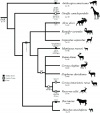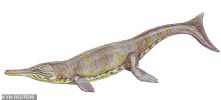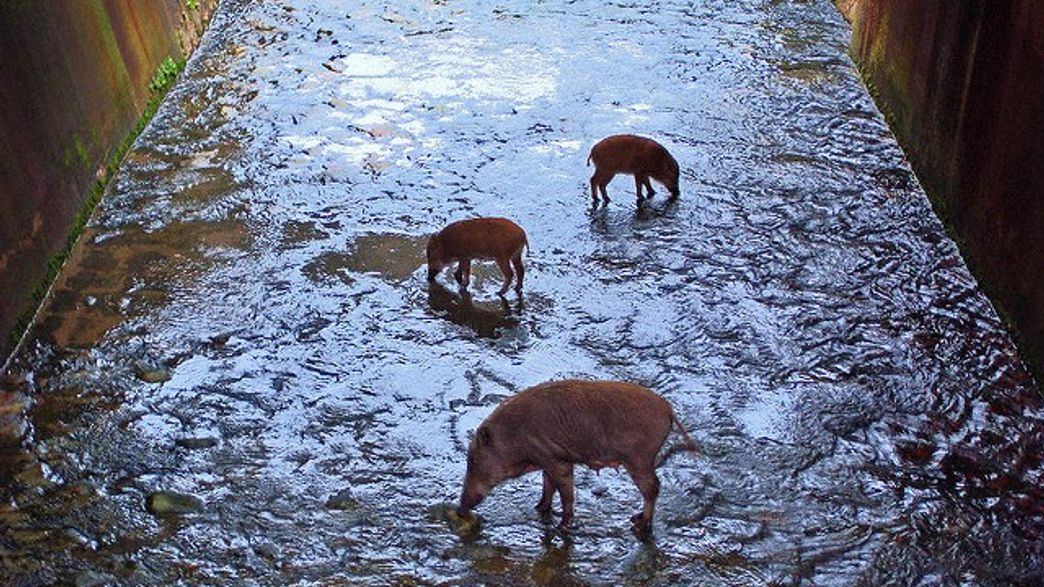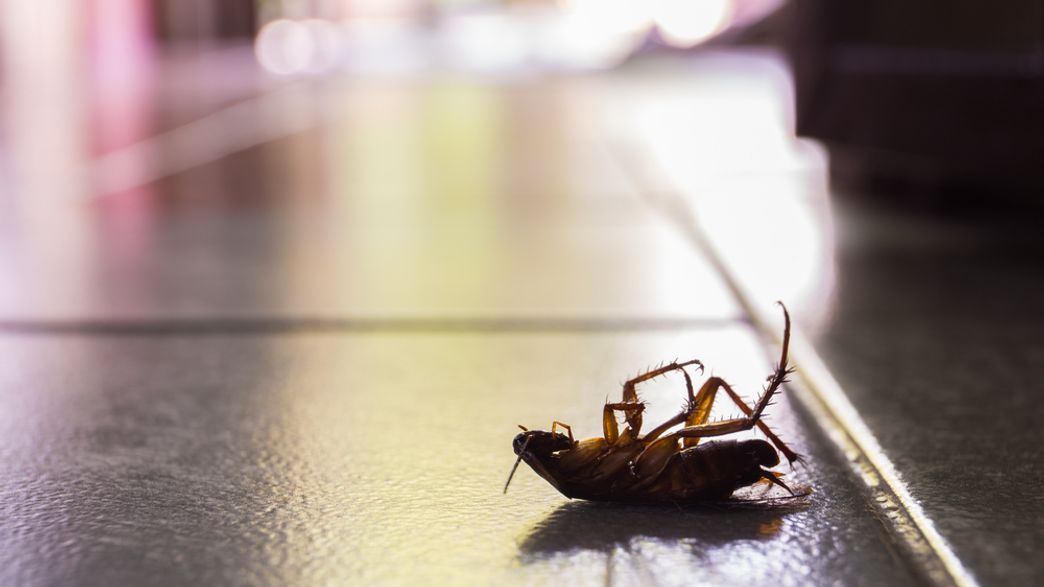AronRa
Administrator
Someone posted the following message on a Creationism group on Facebook.
That led to another attempt on this forum to explain evolution to a creationist.
I replied with the following video explaining what micro and macroevolution really are.Evolution Accepters say that Microevolution and Macroevolution are the same. If you can walk inches (micro) then in enough time and steps you can walk miles (macro.)
I disagree. I think you should consider it like this...A long jumper can train and add inches to his jump (micro) however even if he trains for years he will never be able to jump a mile (macro).
Allow me to explain further. The jumpers first recorded jump is the original population. The training and practice and further recorded jumps are the accumulation of change. The jumper's personal best record is the observation of microevolution. The not being able to jump a mile is the limit. So , no macro and no universal common ancestry.
A dog can become a different looking dog. Micro However, a fish will never become a mammal. Macro /universal common ancestry.
That led to another attempt on this forum to explain evolution to a creationist.




